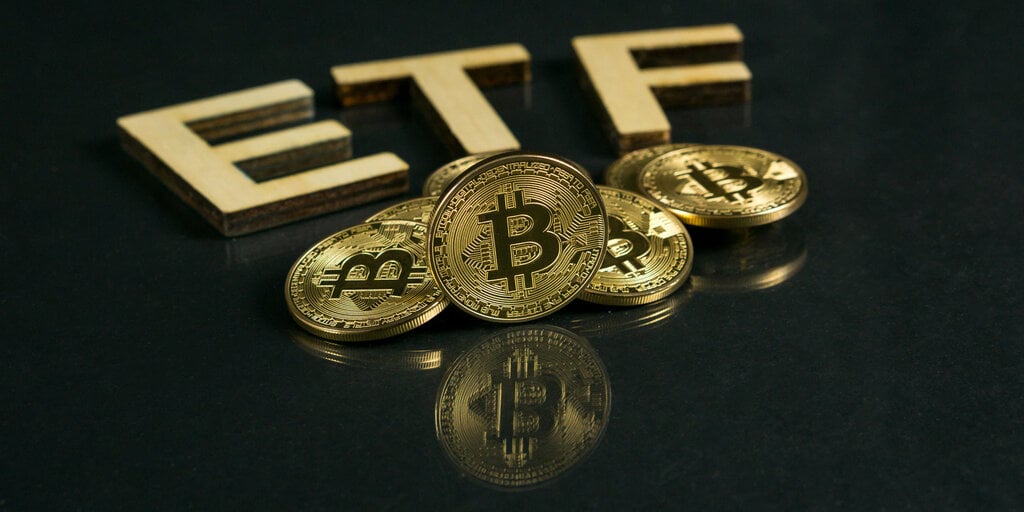

Do you want to get rich quickly with cryptocurrency? It probably doesn’t come from A Bitcoin We are giving away prizes on YouTube.
Michael Saylor, founder of cloud software company MicroStrategy, took to Twitter this week to warn of a rise in AI-based deepfake scams aimed at stealing cryptocurrency from gullible YouTube viewers.
“There is no risk-free way to double your Bitcoin and MicroStrategy does not give away BTC to people who scan barcodes,” Saylor said in a tweet. “Our team removes about 80 fake AI-generated YouTube videos every day, but scammers keep releasing more. Don’t trust, verify,” he said.
Under Saylor’s leadership, MicroStrategy has become synonymous with Bitcoin and has amassed more of the cryptocurrency than any other publicly traded company. According to Bitcoin Treasuries, it currently holds over $8 billion in BTC.
Saylor’s advocacy for the use and adoption of Bitcoin is steadfast, and he has often expressed support in media interviews. Many of them were scraped and redistributed on YouTube. The scams he mentioned in his warning are all too common in the cryptocurrency industry. Scammers often impersonate celebrities and trick viewers or social media followers into sending Bitcoin and other cryptocurrencies to unfamiliar addresses with the promise of receiving more in return.
These scams reached their peak when the verified accounts of celebrities like Elon Musk were hacked to spread similar fraud schemes. In 2020, a teenager hacked the Twitter accounts of celebrities like Elon Musk and extorted victims of more than $100,000 in Bitcoin using fake tweets promising Bitcoin rewards.
However, fraudsters are now using AI and deepfake technology to make these scams more difficult to detect. And YouTube can’t seem to keep up.
Deepfakes and cryptocurrency fraud
Deepfakes, a form of synthetic media powered by AI algorithms, allow you to create convincing fake videos and images depicting events or speeches that never actually occurred. As Saylor noted, videos impersonating him and other cryptocurrency figures using deepfake technology have proliferated on YouTube and social media platforms. The video aims to persuade viewers to send cryptocurrency to a provided address under the pretense that they will receive double the amount in return.
Video tampering is a common scam in the cryptocurrency world, and major social media hacks in the past have further demonstrated the potential risks of this technology. Even basic schemes like using previously recorded podcasts to create fraudulent viral content are increasingly being weaponized to commit fraud, especially on platforms like YouTube. There, videos featuring key cryptocurrency figures like Elon Musk, Brad Garlinghouse, Michael Saylor, and Vitalik Buterin are produced to resemble live streams, luring viewers into financial traps like the ones Saylor mentioned.
Platforms like YouTube are working to remove fraudulent AI-generated videos, but the technology used to create fraudulent content continues to evolve. Now you can deepfake videos, generate videos, clone AI voices, and even translate real-time AI with just a few clicks.
As cryptocurrency criminals increase their ability to create convincing fake videos and AI technology rapidly advances, it is more important than ever to verify unexpected cryptocurrency-related offers online rather than blindly trusting them. As always, if something seems too good to be true, it probably is.



